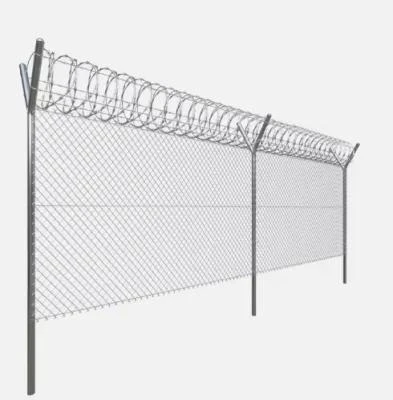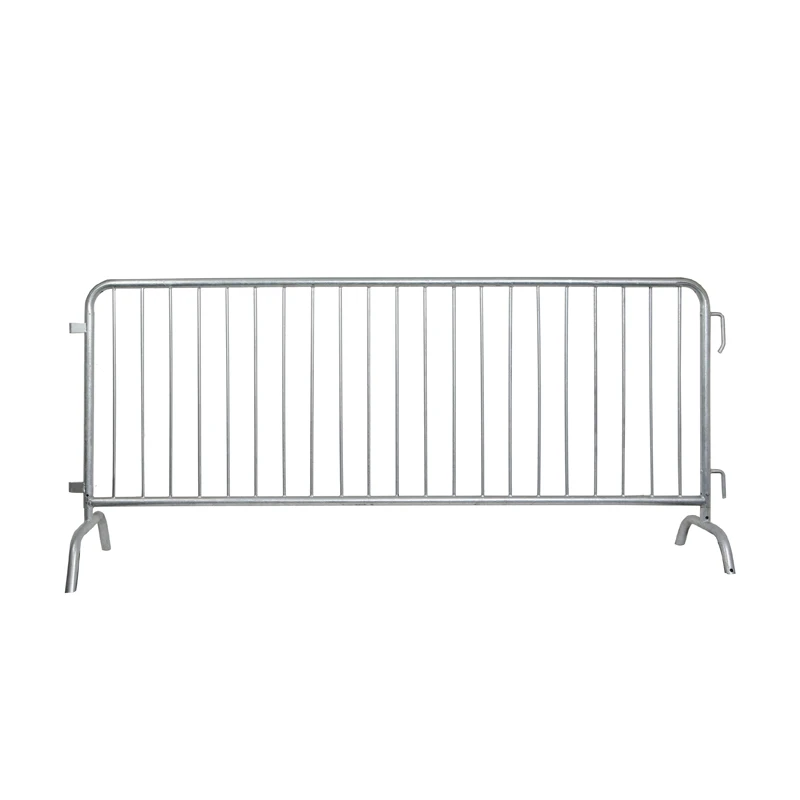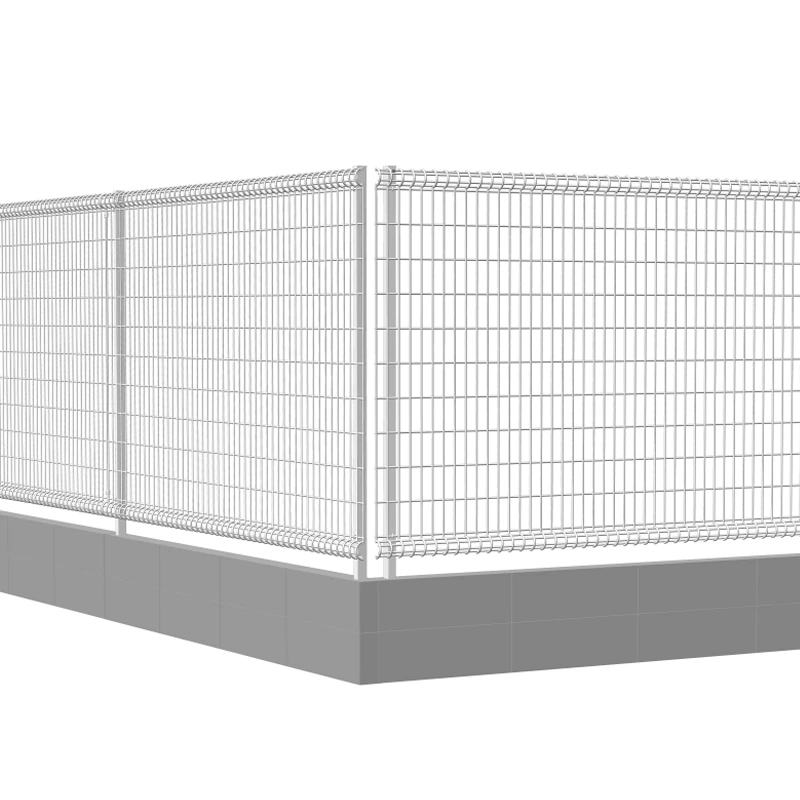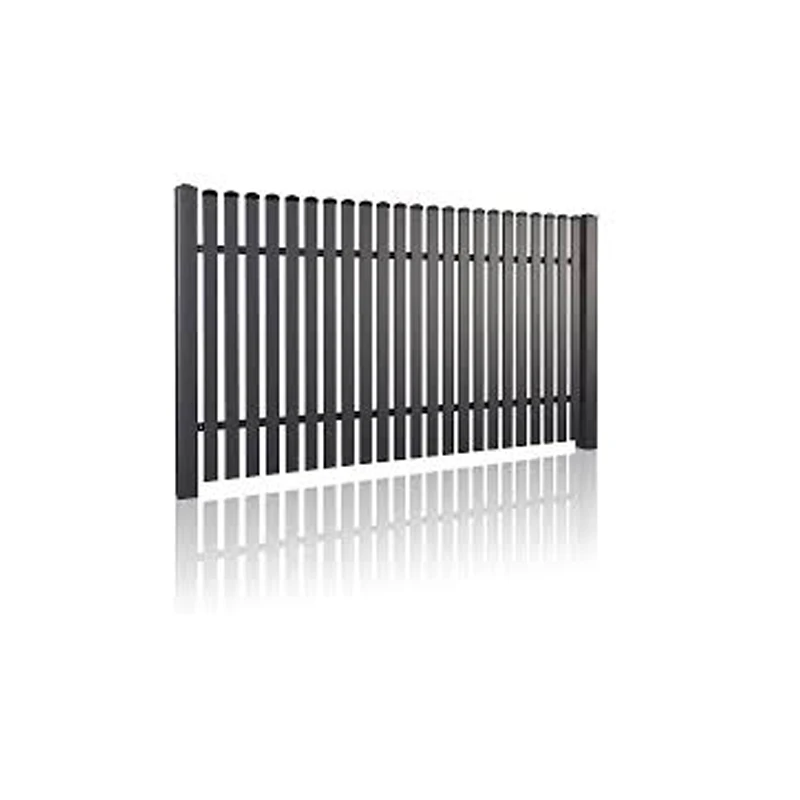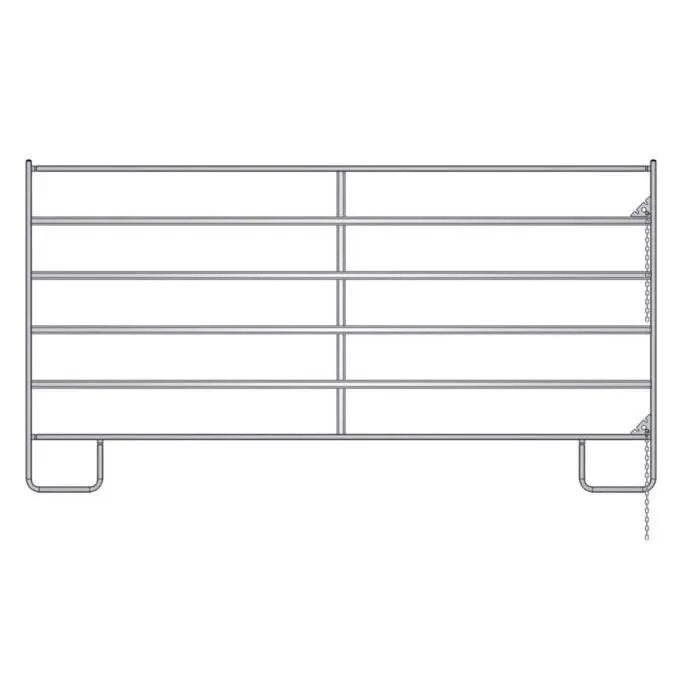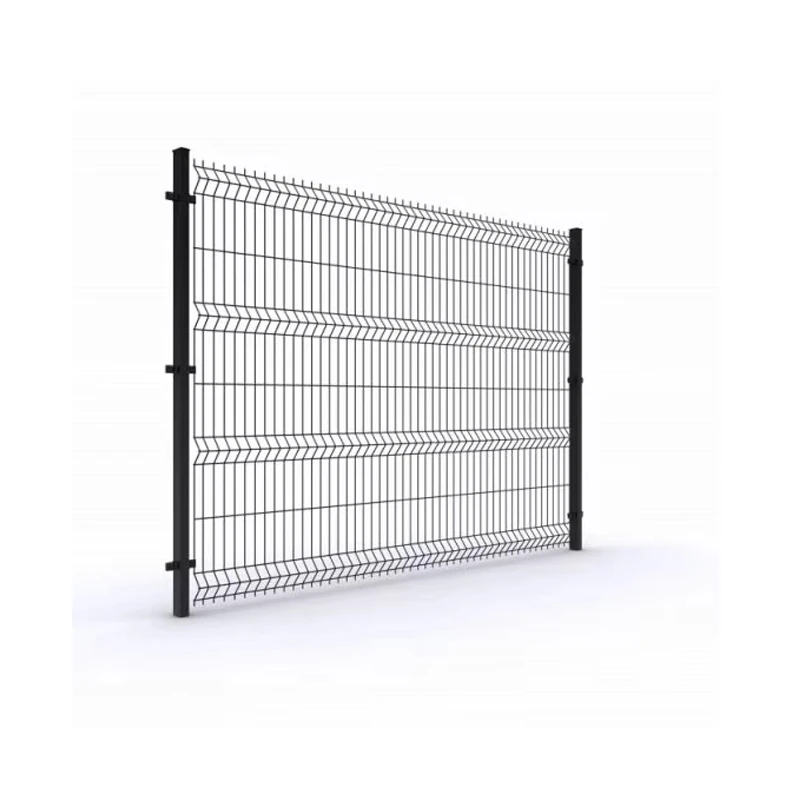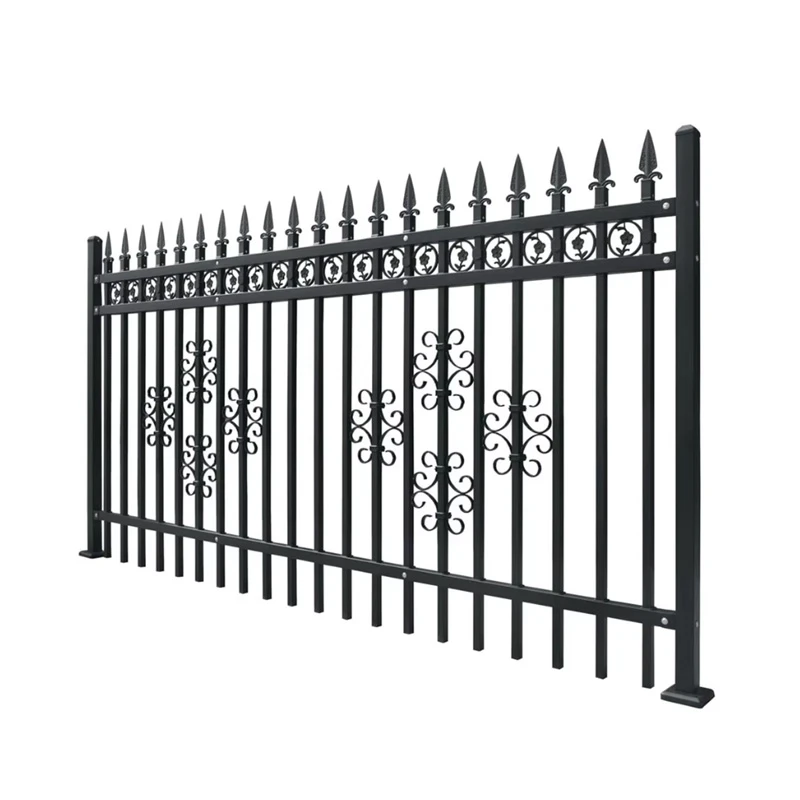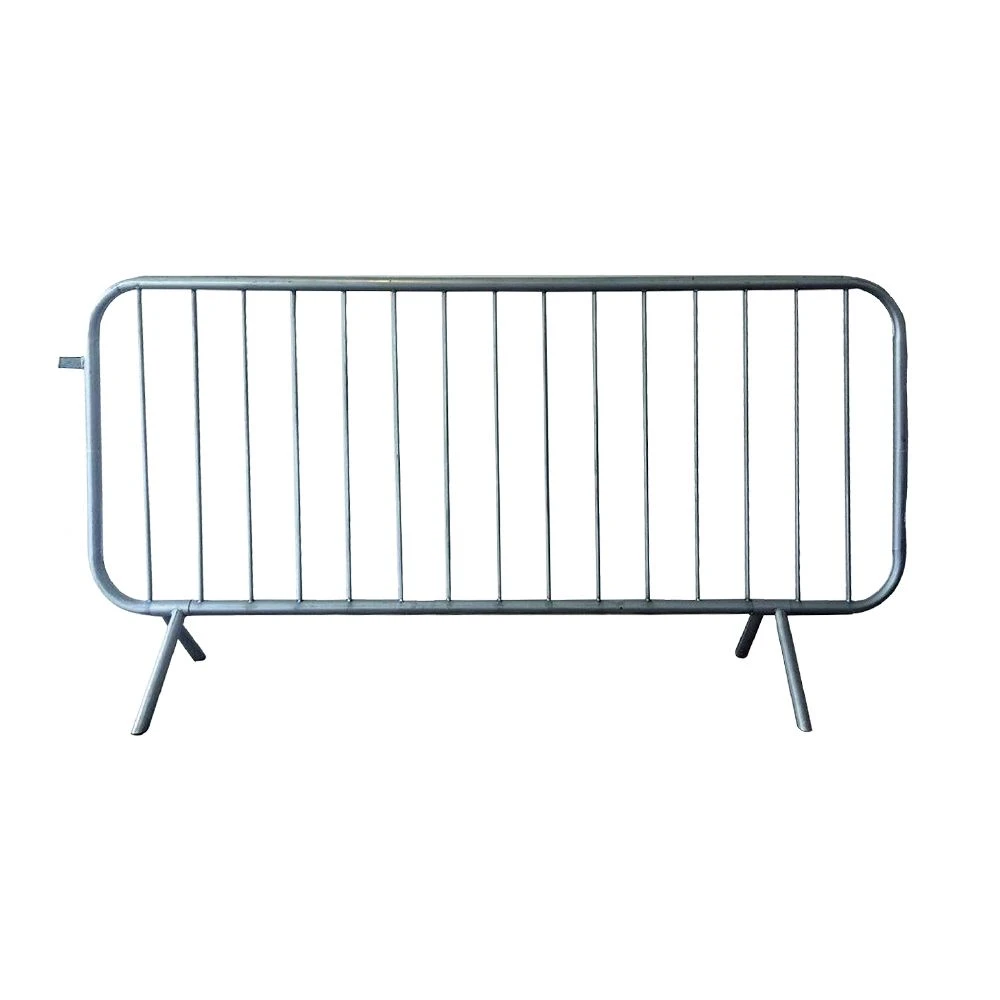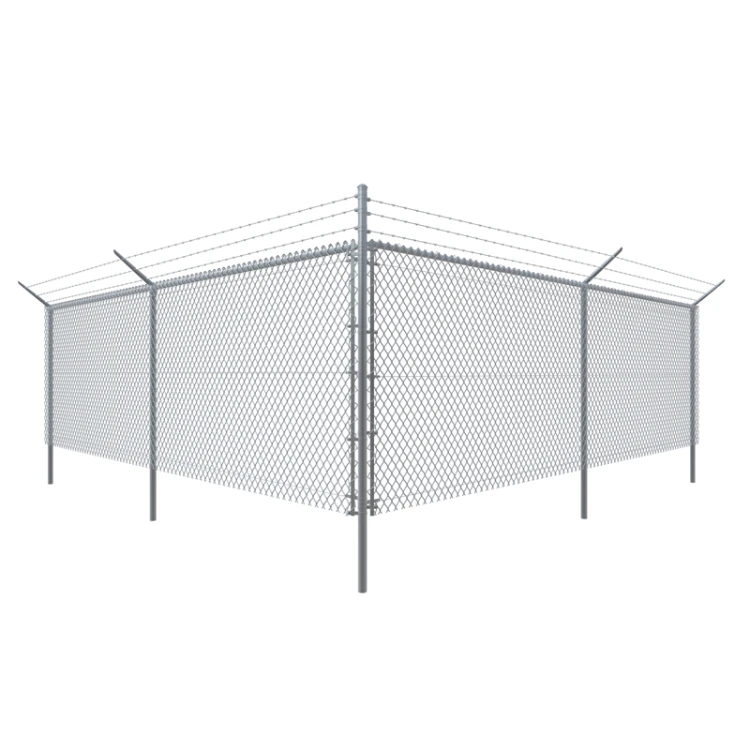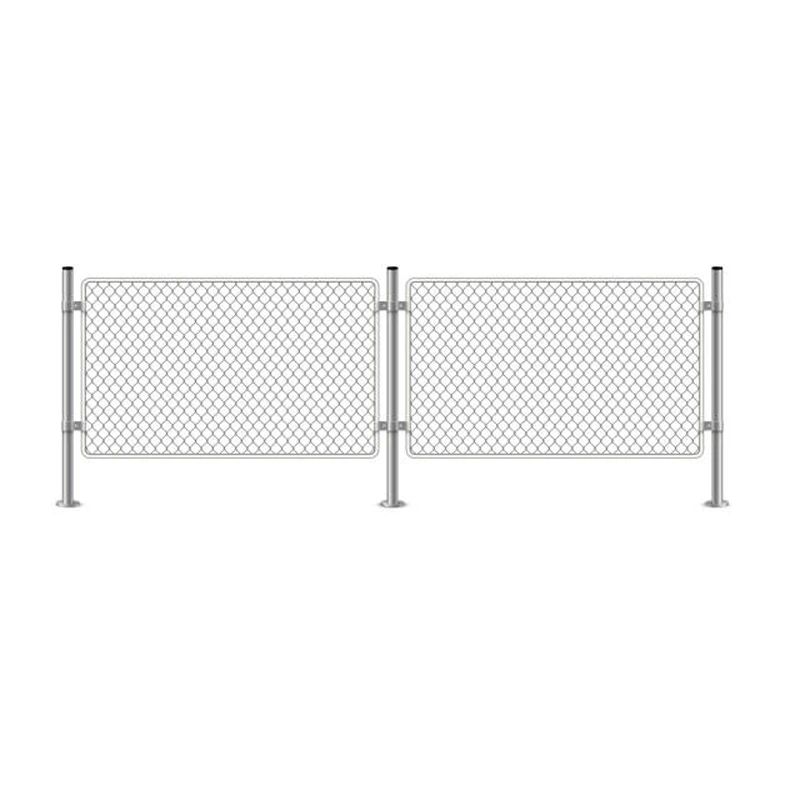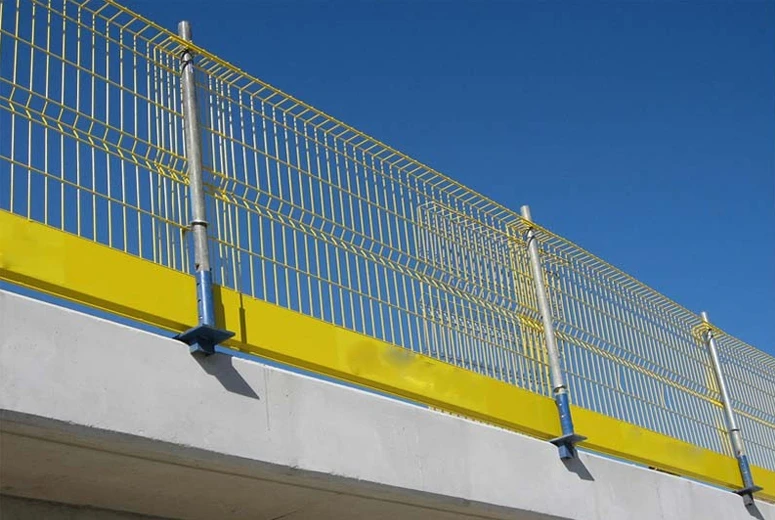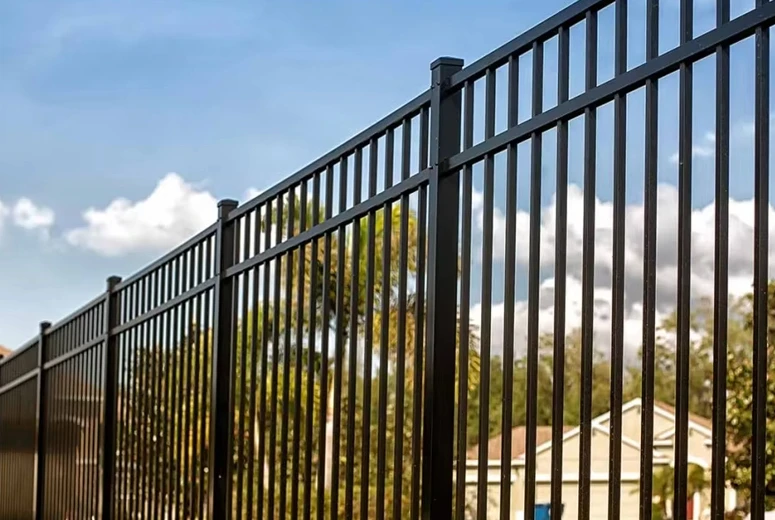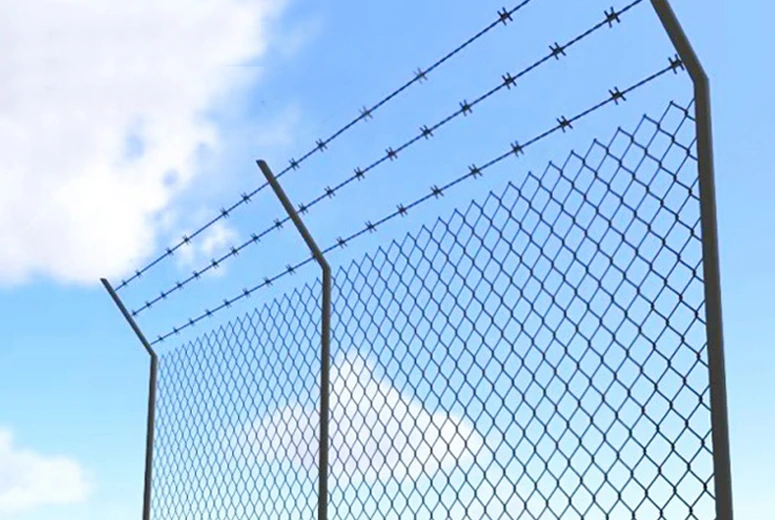Industry Trends and Market Dynamics for Livestock Fencing Solutions
The agricultural sector, particularly livestock management, is experiencing a significant evolution driven by global demand for meat and dairy products, technological advancements, and increasing focus on animal welfare and operational efficiency. Within this dynamic landscape, the demand for robust and reliable fencing solutions, such as cattle panel for sale, is on a steady upward trajectory. Modern livestock operations require fencing that not only ensures containment but also minimizes maintenance, resists harsh environmental conditions, and provides a safe environment for animals. Trends indicate a shift towards modular, pre-fabricated systems that offer rapid deployment, superior strength-to-weight ratios, and extended service life compared to traditional fencing methods. Farmers and ranchers are increasingly investing in durable solutions like cow panels for sale and specialized bull panel fence options, recognizing their long-term value in reducing labor costs and preventing costly animal escapes. The market is also seeing innovations in material science and coating technologies, leading to products with enhanced corrosion resistance and structural integrity, crucial for sustained performance in diverse climates. This emphasis on durability and cost-effectiveness underpins the current purchasing decisions across the industry, highlighting a preference for engineered solutions that provide demonstrable return on investment over the product’s lifecycle, aligning with sustainable agricultural practices and maximizing land utilization efficiently. This strategic adoption of advanced fencing infrastructure is pivotal for supporting scalable livestock production, ensuring biosecurity, and facilitating optimal herd management practices across varied topographies and operational demands.
Furthermore, the livestock industry is witnessing a rising awareness regarding regulatory compliance and environmental stewardship, which directly impacts the specifications and deployment of fencing infrastructure. Solutions like a high-quality cattle fence panel are becoming indispensable for operations aiming for certifications related to animal welfare and sustainable farming. The integration of smart farming technologies, while not directly incorporated into the panels themselves, benefits immensely from a well-defined and robust physical perimeter, simplifying herd tracking, automated feeding systems, and disease prevention protocols. There's a growing inclination towards suppliers who can offer comprehensive solutions, including customization options and logistical support, beyond just providing the physical panels. This demand for a holistic service approach underscores the complexity of modern agricultural procurement, where buyers seek partners capable of delivering integrated solutions that contribute to overall operational efficiency and safety. The ongoing expansion of ranches and feedlots, coupled with the intensification of livestock breeding programs globally, further fuels the market for high-strength, adaptable fencing systems. This sustained demand profile suggests a robust future for manufacturers specializing in advanced livestock containment solutions, emphasizing both product innovation and comprehensive client engagement. The global market analysis points towards a consistent compound annual growth rate for agricultural fencing, driven by continuous investment in infrastructure to support growing food demands and more sophisticated farming methodologies.
Technical Specifications and Performance Parameters
Understanding the precise technical specifications of a cattle fence panel fence is paramount for B2B buyers seeking optimal performance and longevity. High-quality cattle panel for sale typically adheres to rigorous engineering standards to withstand significant external forces, including pressure from large animals, extreme weather conditions, and corrosive environments. Key parameters include the gauge of the steel wire or tubing used, which directly correlates with the panel’s strength and impact resistance. For instance, panels often feature 4-gauge to 8-gauge galvanized steel wires, with thicker gauges indicating superior durability. The spacing between vertical and horizontal members is another critical specification, designed to prevent animals from getting stuck or escaping, while also allowing for easy visual monitoring of livestock. Standard dimensions for these panels usually range from 10 feet to 20 feet in length and 4 feet to 6 feet in height, although custom sizes are frequently available to accommodate diverse enclosure needs. The choice of material, predominantly high-tensile steel, is crucial for its inherent strength and ability to resist deformation under stress. Surface treatments, such as hot-dip galvanization (HDG) or powder coating, provide an essential layer of protection against rust and corrosion, extending the product’s operational lifespan significantly in outdoor settings. The quality of welds is also a determinant of structural integrity; professional-grade panels feature strong, uniform welds that resist breakage even under repeated impact.
Further technical consideration for any potential cow panels for sale involves the type of connection mechanism. Integrated pin-and-loop systems, chain connectors, or robust bolt-on clamps facilitate secure and rapid assembly, minimizing labor time and ensuring a stable fence line. These connection methods are designed for both permanent and temporary installations, offering versatility for rotational grazing or containment during veterinary procedures. The design geometry, often featuring closely spaced vertical bars at the bottom gradually widening towards the top, is engineered to prevent small animals from crawling through while ensuring stability for larger livestock. Weight per panel is also an important logistical consideration, impacting shipping costs and ease of installation. A typical 16-foot, 50-inch tall cattle panel might weigh around 40-60 pounds, depending on the gauge and material. Compliance with industry standards like ASTM A641 (for galvanized wire) and ASTM A123 (for hot-dip galvanizing) provides assurance of material quality and coating thickness, directly influencing the product's resistance to environmental degradation. Longevity estimates for high-quality, properly installed panels often exceed 20 years, a testament to their robust construction and protective treatments. These detailed technical attributes are critical for procurement managers and livestock professionals in evaluating the long-term cost-effectiveness and operational reliability of their fencing investments.
Comparative Analysis of Cattle Panel Specifications
| Parameter | Standard Panel (Example A) | Heavy-Duty Panel (Example B) | Premium Galvanized (Example C) |
|---|---|---|---|
| Length | 16 ft (4.88 m) | 12 ft (3.66 m) | 10 ft (3.05 m) |
| Height | 50 inches (1.27 m) | 62 inches (1.57 m) | 50 inches (1.27 m) |
| Vertical Bar Spacing | 8 inches (20 cm) | 6 inches (15 cm) | 4-8 inches (tapered) |
| Wire/Tube Gauge | 6 Gauge (4.11 mm) | 4 Gauge (5.82 mm) | Heavy-Duty (5.00 mm) |
| Material | High-tensile Steel | Heavy-duty Steel Pipe | High-tensile Steel |
| Surface Treatment | Electro-galvanized | Hot-dip Galvanized | Hot-dip Galvanized + Powder Coated |
| Approx. Weight | 45 lbs (20.4 kg) | 80 lbs (36.3 kg) | 60 lbs (27.2 kg) |
| Lifespan (Estimated) | 10-15 years | 20+ years | 25+ years |
Manufacturing Process and Quality Assurance
The production of high-performance cattle panel for sale is a sophisticated process that integrates advanced manufacturing techniques with stringent quality control. It typically begins with the selection of high-grade raw materials, primarily steel wire or tubing, chosen for its tensile strength and metallurgical composition. Material traceability is often maintained to ensure compliance with standards like ASTM A641 for steel wire. Following material receipt, the process moves to precision cutting, where automated machinery accurately cuts the steel into the required lengths for both horizontal and vertical components. This stage utilizes CNC-controlled cutting equipment to ensure dimensional accuracy, which is critical for consistent panel construction. The core of the manufacturing process involves advanced welding. Robotic welding systems are commonly employed to create strong, uniform, and aesthetically pleasing welds at each intersection point. This automated approach minimizes human error, enhances weld penetration, and ensures the structural integrity of every cattle fence panel. Post-welding, the panels undergo a thorough cleaning process to remove any scale, rust, or contaminants before surface treatment. This cleaning is vital for optimal adhesion of subsequent coatings.
The next crucial stage involves applying protective coatings, predominantly hot-dip galvanization or powder coating. Hot-dip galvanization involves immersing the steel panel in a bath of molten zinc, creating a metallurgically bonded layer that offers superior corrosion resistance compared to electro-galvanization. This process adheres to standards such as ASTM A123/A123M, ensuring a minimum zinc coating thickness that directly correlates with the panel's expected lifespan in corrosive environments. For enhanced aesthetics and additional protection, some panels also receive a powder coating over the galvanized layer, providing a durable, chip-resistant finish. Throughout these stages, rigorous quality control measures are implemented. This includes visual inspections for weld quality and surface defects, dimensional checks using precision calipers and gauges to ensure panel consistency, and coating thickness measurements using non-destructive testing methods like eddy current or magnetic induction. Destructive testing, such as weld shear strength tests and salt spray corrosion tests (following standards like ASTM B117), are conducted on samples to validate product performance and longevity. Adherence to ISO 9001 quality management systems is standard for reputable manufacturers, ensuring consistency and reliability across batches of bull panel fence. This meticulous process from raw material to finished product guarantees that each panel meets the demanding specifications required for robust livestock containment and long-term durability in varied agricultural settings.
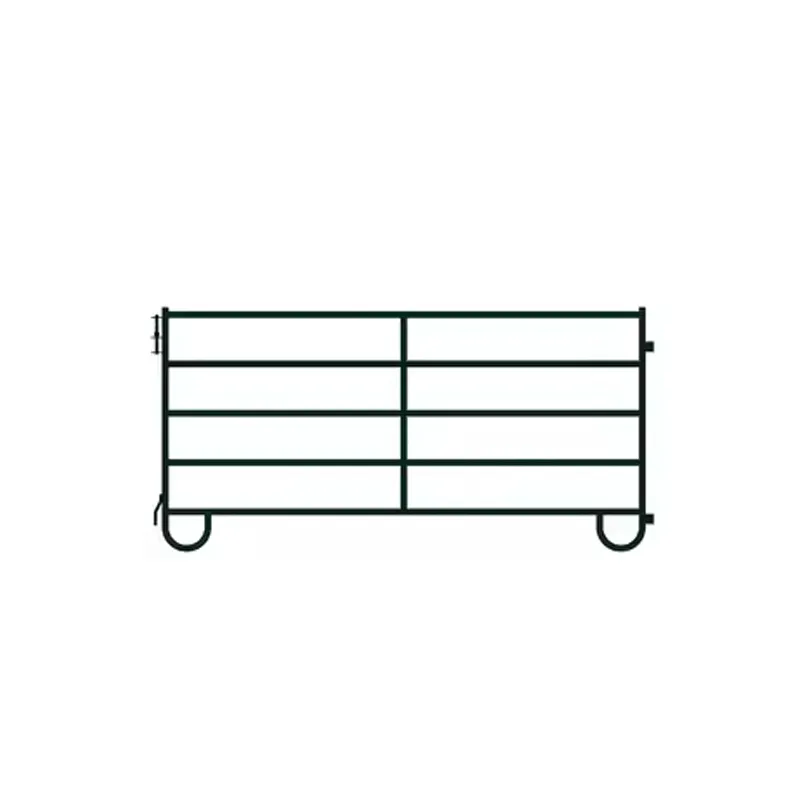
Diverse Application Scenarios and Operational Advantages
The versatility of cattle panel for sale makes them indispensable across a multitude of agricultural and industrial applications, extending beyond mere livestock containment. In typical farm and ranch settings, these panels are extensively used for constructing corrals, pens, and feedlot perimeters, providing secure and flexible solutions for herd management, rotational grazing, and segregation of different animal groups. Their robust construction makes them ideal for high-traffic areas where animals exert significant pressure, such as working chutes and loading ramps, ensuring both animal and handler safety. Beyond permanent installations, the modular nature of cow panels for sale allows for rapid deployment of temporary enclosures for veterinary treatments, auctions, or fairgrounds, offering significant logistical advantages. Their application also extends to creating robust perimeter fences for property demarcation in rural areas, where they can effectively deter larger wildlife or unauthorized access, complementing existing wire fences. The ability to easily reconfigure and relocate these panels makes them a cost-effective solution for evolving land use and livestock management strategies, optimizing resource allocation and maximizing operational flexibility.
In more specialized industrial contexts, the durability and strength of a bull panel fence can be leveraged for temporary safety barriers on construction sites, protective enclosures around machinery, or even as robust material storage boundaries in outdoor yards. Their open design ensures visibility while maintaining a high level of physical deterrence. For the aquaculture industry, suitably treated panels can be adapted for forming secure boundaries around fish ponds or containment areas, albeit requiring specific corrosion-resistant coatings. The inherent advantages of utilizing a pre-fabricated cattle fence panel fence include significant savings in labor and installation time compared to building fences from scratch using individual posts and wires. This reduces overall project costs and minimizes disruption to ongoing operations. Furthermore, the enhanced structural integrity and longevity of these panels reduce maintenance requirements and replacement frequencies, contributing to lower long-term ownership costs. Their consistent height and uniform construction also provide a professional and organized appearance to any agricultural or industrial facility, reflecting a commitment to high standards of infrastructure and operational efficiency. The robust design translates into minimal repair needs, even after years of exposure to harsh weather and animal interactions, making them a strategic investment for any large-scale agricultural enterprise.
Customization Capabilities and Client-Centric Solutions
Recognizing that every agricultural or industrial operation has unique requirements, leading manufacturers of cattle panel for sale offer extensive customization capabilities. This ensures that clients receive solutions precisely tailored to their specific site conditions, livestock types, and operational objectives. Customization options typically include variations in panel dimensions, allowing for specific lengths and heights to fit existing layouts or unique terrain challenges. For example, panels can be designed to accommodate uneven ground or integrate seamlessly with specialized gates and chutes. The gauge of the wire or tubing can be adjusted to meet specific strength requirements, whether for light-duty holding pens or heavy-duty corrals for aggressive breeds. Furthermore, aperture sizes and bar spacing can be customized to safely contain different animal sizes, from calves to full-grown bulls, while preventing entanglement. Beyond structural dimensions, surface finishes present another key area for customization. While hot-dip galvanization is standard for superior corrosion resistance, clients may opt for specific powder coating colors for aesthetic purposes or to blend with environmental aesthetics, which also adds an extra layer of protection against UV degradation and physical abrasion.
Specialized features such as integrated gate openings, custom hinge placements, or pre-drilled holes for accessories can be incorporated into the design of a cattle fence panel during manufacturing. This bespoke approach eliminates the need for on-site modifications, saving significant time and labor. For clients with large-scale projects or complex layouts, manufacturers often provide design consultation services, utilizing CAD software to develop detailed plans and 3D renderings, ensuring optimal configuration and material efficiency before production begins. This collaborative design process minimizes potential errors and maximizes the effectiveness of the fencing system. Furthermore, the ability to specify the type of steel (e.g., higher carbon content for increased stiffness) or specific weld patterns for enhanced strength allows for truly engineered solutions. Custom delivery schedules and packaging solutions can also be arranged to align with project timelines and logistical constraints. This comprehensive approach to client-centric solutions, from initial consultation and design to production and delivery, underscores a commitment to partnership and problem-solving, ensuring that the final cattle panel for sale solution perfectly aligns with the client’s long-term operational and investment goals, distinguishing leading manufacturers in a competitive market.
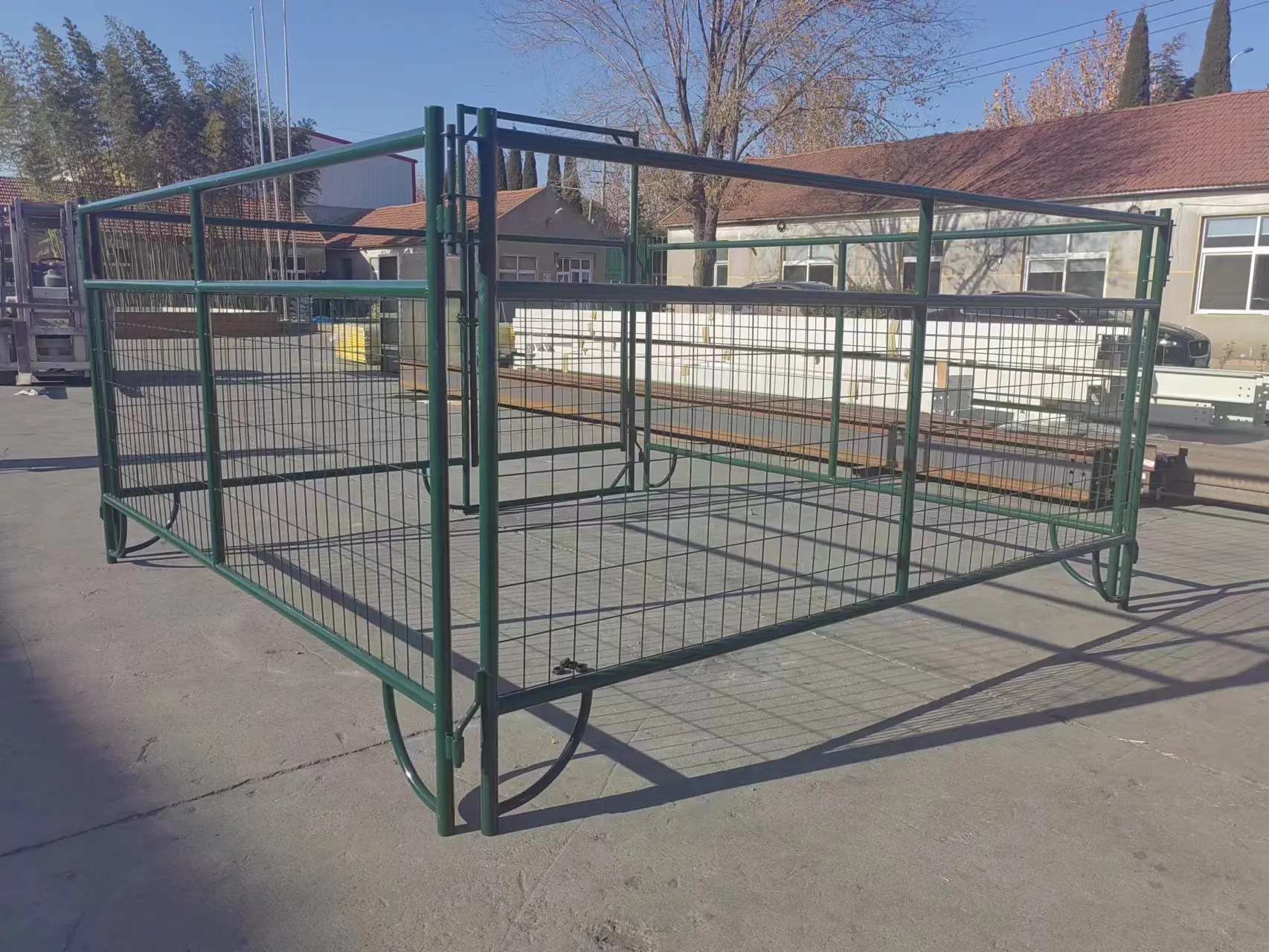
Ensuring Trustworthiness: FAQ, Delivery, and Warranty
For B2B buyers investing in cattle panel for sale, trustworthiness is a critical factor, encompassing transparency in product information, reliability in logistics, and robust post-purchase support. Reputable manufacturers ensure this through comprehensive FAQ sections, clear delivery protocols, and strong warranty commitments. A detailed FAQ addresses common technical queries regarding panel specifications, material composition, installation procedures, and maintenance guidelines, empowering clients with immediate access to crucial information. This includes explanations of different galvanization types (e.g., hot-dip vs. electro-galvanized), recommended installation hardware, and best practices for extending panel lifespan. Transparency about typical order processing times, shipping methods, and estimated delivery schedules is also paramount. For large-volume orders of bull panel fence, manufacturers should offer logistics planning assistance, including options for freight, partial shipments, and tracking capabilities to ensure timely arrival at the project site. This proactive communication minimizes disruptions and allows clients to plan their projects efficiently, particularly for time-sensitive agricultural operations or construction schedules where materials need to arrive precisely when needed.
Furthermore, a strong warranty policy is a hallmark of manufacturer confidence in their product quality. Warranties for cattle fence panel fence typically cover manufacturing defects and premature corrosion, often ranging from 5 to 20 years depending on the specific product line and surface treatment. This commitment provides significant peace of mind for buyers, safeguarding their investment against unforeseen issues. Beyond the initial purchase, comprehensive customer support is essential. This includes technical assistance for installation and troubleshooting, access to spare parts or replacement components, and responsive channels for addressing any post-delivery concerns. Manufacturers who prioritize long-term client relationships often offer dedicated account managers for large commercial buyers, ensuring personalized service and streamlined communication. Case studies showcasing successful deployments and testimonials from satisfied large-scale clients further build confidence, demonstrating real-world performance and reliability. By providing clear information, reliable logistics, strong warranties, and continuous support, manufacturers foster enduring trust, positioning themselves as indispensable partners for agricultural enterprises seeking durable and dependable livestock containment solutions. This comprehensive approach to client assurance differentiates market leaders and ensures sustained operational excellence for the end-user.
Frequently Asked Questions (FAQ)
A: High-quality hot-dip galvanized cattle panel for sale typically have an impressive lifespan, often exceeding 20-25 years in most outdoor environments. The longevity depends on factors such as the thickness of the zinc coating (adhering to ASTM A123 standards), environmental conditions (e.g., proximity to saltwater, highly acidic soils), and the level of physical wear and tear. Proper installation and minimal damage can significantly contribute to achieving the maximum expected lifespan. Manufacturers often provide specific warranty periods for their galvanized products, reflecting their confidence in the corrosion resistance offered by the coating.
Q: Can these cattle panels be used for animals other than cattle?A: While primarily designed for cattle, these versatile panels are widely used for containing other livestock, including horses, sheep, goats, and pigs. The suitability for smaller animals depends on the bar spacing and panel height. Panels with smaller, tapered bar spacing at the bottom are more appropriate for smaller livestock to prevent them from slipping through. For equines, smooth welds and appropriate panel heights are crucial to minimize the risk of injury. It's always advisable to consult with the manufacturer or a livestock management expert to ensure the chosen panel specifications are appropriate for your specific animal type and containment needs, particularly for more agile or escape-prone species.
Q: What installation methods are recommended for cattle panels?A: Cattle panels for sale are designed for relatively straightforward installation, offering flexibility for both permanent and temporary setups. For permanent installations, panels are typically secured to robust posts (e.g., steel pipe posts, heavy-duty timber posts) using heavy-duty clamps, U-bolts, or specialized panel connectors. Posts should be adequately set in concrete to withstand animal pressure and environmental forces. For temporary or modular systems, a pin-and-loop connection system is common, allowing panels to be quickly linked together without tools, often using drop pins. Regardless of the method, ensuring a level and stable base is crucial for structural integrity and preventing panels from being pushed over. Always follow manufacturer's guidelines for proper installation techniques to maximize safety and product longevity.
Authoritative Citations and Industry Standards
- ASTM International. "ASTM A641/A641M-09: Standard Specification for Zinc–Coated (Galvanized) Carbon Steel Wire."
- ASTM International. "ASTM A123/A123M-17: Standard Specification for Zinc (Hot-Dip Galvanized) Coatings on Iron and Steel Products."
- International Organization for Standardization. "ISO 9001: Quality management systems — Requirements."
- American Galvanizers Association. "Duplex Systems: Hot-Dip Galvanizing + Powder Coating."
- United States Department of Agriculture (USDA) - Agricultural Research Service. "Livestock Handling Facilities Design Standards."
Previous
This is the first article

